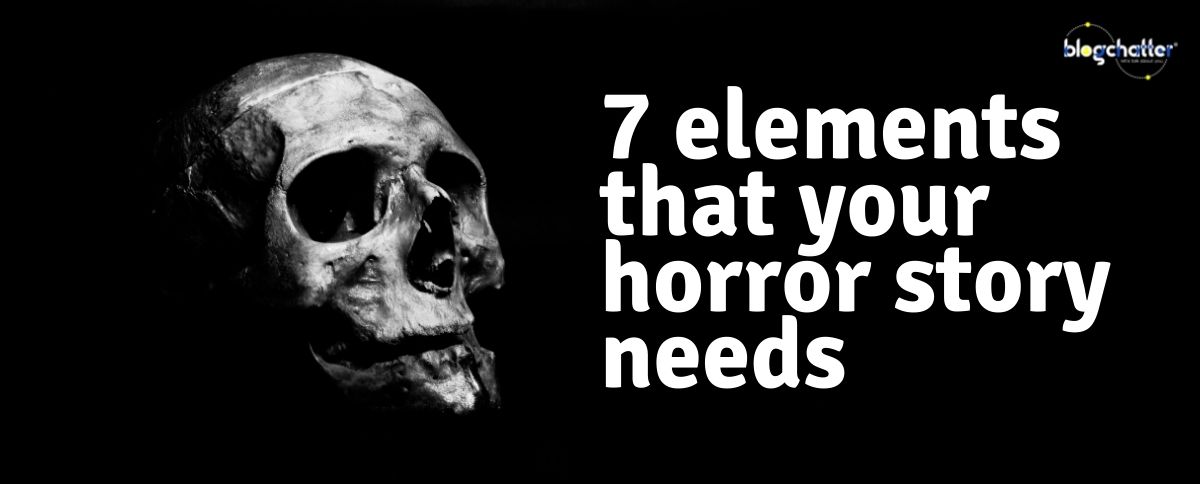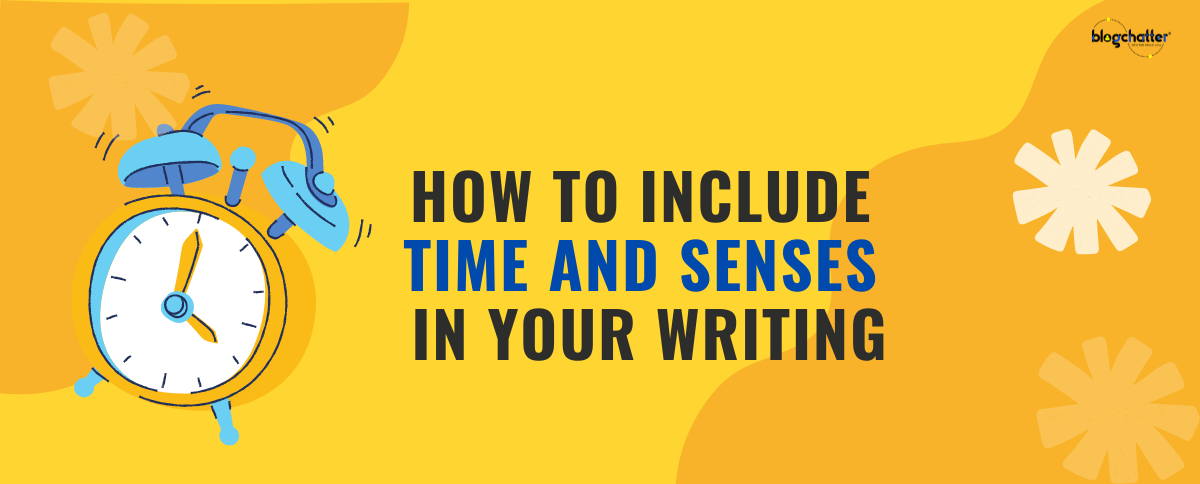Horror stories enable readers to escape to another reality by exposing them to the unknown. This gripping genre instills fear, terror, disgust, anxiety, and dread in its readers. That being said, It's hard to believe that people can fall in love with a storyline in which dreadful things keep happening to people. But, they do. People love horror stories and like getting scared and feel the impending doom.
The irony of horror stories is that they're exciting to read and much more thrilling to write. It's easy to come up with scares and horrific plot lines, but the tough part is figuring out how to combine all of your scare techniques into one coordinated, nightmarishly fantastic novel. Good horror novels, like most other genres, demand the perfect combination and balance of ingredients - one that can induce shock and paranoia in readers.
In order to write a horror story that terrorizes and wins the hearts of your readers, you must realise that fear alone will not save your story; continue reading to learn about the 7 elements your scary stories must have.
1.png)
Dive into common fears
Everyone is afraid of something. The most powerful fears in horror are those that have a rational or psychological basis. Darkness, heights, water, snakes, and spiders are just a few of the most frequent phobias. Also, go deep in your fears to write things that will make readers shiver, and use detailed descriptions from life experiences—as immersive as the dread in your head to make your story even scarier. Make it relatable and as real as possible. As a result, they're good at frightening readers.
Stephen King’s It (1986) is a fantastic example. You might not have had any issues with clowns before reading the book. And now, clowns are just super scary!
Create characters to care about
Characters play an important role in horror novels.The way you build your character can make all the difference between a good scary story and a boring one. Creating characters in a horror story is more difficult than in other genres because you must make them more genuine. Your story's monster can be ridiculous, whether it's a ghost, zombie, or supernatural entity, but the protagonist must be as human as possible. Readers must be emotionally invested in your characters and even relate to them. They won't care if your protagonist escapes the serial killer or makes it out of the haunted house alive if they don’t empathize with them.
Dan Simmons’ Summer of Night (1991) is a good example here. One of the major achievements of the book is Simmons’ understanding of childhood and the frequently unwanted responsibility associated with growing up.
Develop a good plot
Even though it's a horror genre, there should always be a beginning, a climax, and an end to your story. You need to stay focused on the basic storytelling techniques and not get carried away with the drama of horror. The plot must progress at a slower speed; manage this by purposefully stretching your chapters and embellishing a scene by discussing tiny details. If you can slow down the pace, you'll be able to generate a sense of tension and suspense among your readers. The setting you choose will have a big influence on the theme, mood and atmosphere. The plot should be structured, impactful and a proper blend of the characters, backstory and settings. Spend some time on the plot and get it right. Don’t reveal the monster too soon. Keep building uncertainty, whether that’s something glimpsed in the reflection of a mirror, or not being sure of another character’s motivations, is a sure way to make your reader feel unsettled.
Rosemary's baby (1967) by Ira Levin is a must read. Even today it’s a bestselling horror novel and has gripping suspense.
Make the motives clear
In order for readers to truly enjoy the story, make the problem/motivation for the characters clear. Give your characters a reason to exist in the terrifying situation they've been placed in. Even the antagonist's horror must have a reason. For example: survival, protecting a loved one, solving mysteries. Misdirection and confusion can be triggered by manipulating your readers into believing a character’s intentions, only to be left in a shock when the truth is revealed. It introduces the feeling of impending doom and ambiguity. Each path taken or not taken brings a new terror.
Ring by Kōji Suzuki is based on the premise that anyone who watches a mysterious videotape of creepy images is informed that they will die in seven days—and then they die. The investigation into the tape and how to avoid this grim fate leads to what remains an incredibly shocking backstory involving rape, smallpox, and a forgotten well.
Storytelling perspective
The first person POV is great for gripping your reader right away and keeping them curious throughout your story. It could be too dramatic for lengthy, more complicated pieces, and it might be tough to pull off if you're trying to hide something from your audience. Third person POV offers a detailed depiction of the character while also allowing for commentary in a way that first person narration does not. Third-person narration is also useful for working up to a specific ambiance rather than diving right in. Alternatively, if you want to use a first-person narrator but don't want to divulge too much to your readers, an unreliable narrator might be the best option. Readers should be invested and feel like they are, or at least connected to the protagonist. Keep the art of questioning alive. At every point in time you solve a mystery or a clue, make sure you raise further questions. Leave them unsettled and intrigued. At no point should your readers feel that they have all the answers – and that includes the ending.
Verity by Colleen Hoover or Gone Girl by Gillian Flynn are thrilling examples of unreliable narrators.
Introduce twists and cliffhangers
Writing effective cliffhangers is essential for making your book a page-turner, and it's one of the simplest ways to add suspense to your writing. Small twists and turns are an excellent way to keep young readers engaged and preserve a playful eerie atmosphere by steering them away from what they may expect to be the ending. Plot twists also help in building ambiguity by revealing the truth and therefore alleviating tension. They're extremely tough to come up with, and even more difficult to execute - you have to subtly hint at a twist while avoiding being too obvious or clichéd. Plan them accordingly. Timing is really important.
The 2018 film Stree is filled with twists and it ends on a cliffhanger. Another such movie that keeps you on the edge of your seat until the end is the 2014 movie It Follows.
Avoid horror cliches
Horror thrives on its unpredictability, but the repeat cycle seen in novels and films both has robbed horror of its horrific appeal. Here are a few horror cliches:
- “It’s behind you.”
- Body snatching aliens
- Mad scientist doing terrible experiments on humans
- The cabin in the woods
- Running in the dark
- Religious propaganda gone wrong
- The living dead
You don't have to completely eliminate the clichés listed above; rather, attempt to improve on those features and create your own terrifying situation. Before you begin your own, read a number of horror books to get a sense of what is frequently used in every one. Draw inspiration from your own life experiences and gorify them by incorporating classic horror themes for the most distinctive finish.
We hope this list helped you! You can also watch this amazing discussion between Neil D'Silva, Chandrima Das and H. Hari Kumar here on thrilling your reader.






